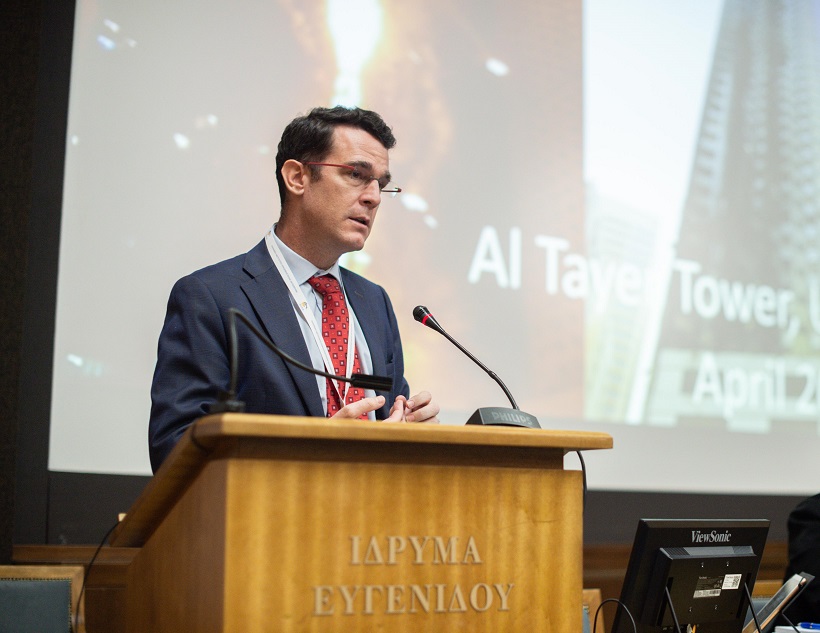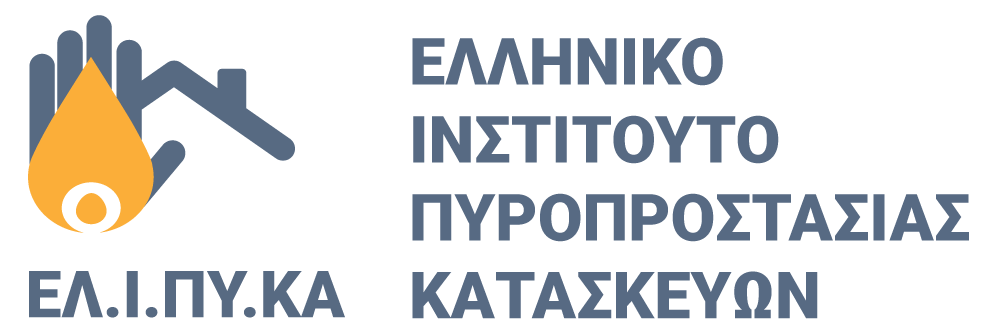Διαβάστε μερικές από τις πολύ ενδιαφέρουσες ερωτήσεις που τέθηκαν κατά τη διάρκεια του Συνεδρίου του ΕΛΙΠΥΚΑ, στις 7 & 8 Φεβρουαρίου 2020. Στις ερωτήσεις απαντά ο Mathieu Meur, Γενικός Διευθυντής της DP Façade. Η παρουσίαση του κ. Meur είχε τίτλο «Κριτήρια και παράμετροι για το σχεδιασμό προσόψεων σε συμμόρφωση με τις απαιτήσεις πυροπροστασίας».
1. How do you evaluate the European Norm 13501-2 for fire resistance walls & roofs in the aspect of panel/system?
[MM] Generally speaking the European Norm is of a high level, and comparable or better than similar standards from other regions. It is designed to simulate as realistically as possible actual fire conditions.
2. How was it proved that the cause was due to cigarette butt?
[MM] This was determined by the investigating fire authorities. I am not privy to their investigation methods. Since several of these incidents occurred in UAE, perhaps Mr. Adrian Brown, who worked for the Dubai Civil Defence, would be in a better position to answer this question.
3. The fire barriers in facades aren’t contrary to the ventilation behavior?
[MM] This may seem like a contradiction, indeed. I did explain how to address this during my talk, but time was limited, unfortunately. Basically, the idea is to install fire-breaks with a small continuous gap between the cladding and the fire-break. The gap allows pressure equalization of the cavity during normal times. In case of fire, the fire-break has an intumescent substance along the gap to the cladding. This intumescent material will react to the heat of the fire by expending, thus closing the gap and preventing the passage of fire and smoke.
4. How do you run simulations for facades since there may be faulty material or design that affects the total facade fire resistance?
[MM] This is indeed a concern. Some of the fire incidents that I have come across were indeed the results of inadequate materials used on site. Most regulations address the parameters that the materials need to meet. On the other hand, traceability of the said materials can be tricky. In Europe, this is normally done through CE markings. In other regions, it is much more difficult. Interestingly, the Singapore Fire Code was modified in 2018 to improve the traceability of the building materials related to the fire performance of the building. As for faulty design, this is checked at both design and construction stage. One of the useful tools for ensuring adequate design is BIM. We use it on almost all our projects, even in countries where this is not specifically required. It helps visualise in 3D the various interfaces between façade elements and the structure, and it also helps with the specification of the correct materials.
5. What could be done differently for the building in Madrid?
[MM] The cladding material itself was not in itself incorrect, but its implementation was inadequate, as the cladding cavity was not compartmentalised. What could have been done better is the incorporation of continuous horizontal (and possibly vertical) fire-breaks within the cladding zone.
*Οι απαντήσεις των ομιλητών εκφράζουν τις επιστημονικές και εμπειρικές τους απόψεις, παρουσιάζονται δε αυτούσιες χωρίς καμιά παρέμβαση από το ΕΛΙΠΥΚΑ.






